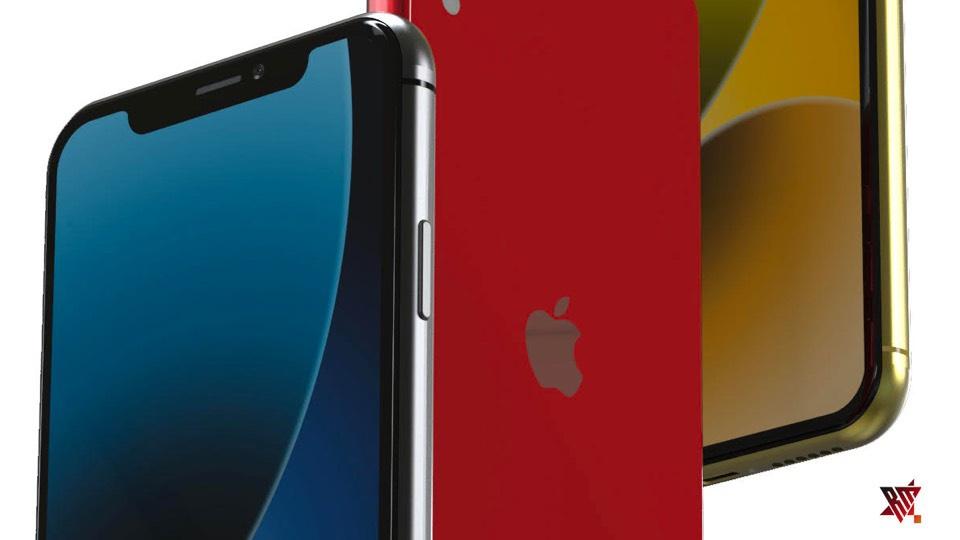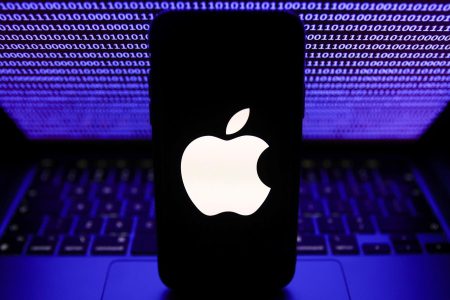Taking a look back at another week of news and headlines from Cupertino, this week’s Apple Loop includes the latest iPhone 15 Pro leaks, disappointing iPhone SE news, MacBook Pro’s futuristic features, visionOS SDK released, Apple restricting third-party watch faces, AirPods success, and new battery regulation hits iPhone plans.
Apple Loop is here to remind you of a few of the very many discussions that have happened around Apple over the last seven days (and you can read my weekly digest of Android news here on Forbes).
iPhone 15 Lean Reveals Apple Vision Pro Upgrade
How does an Apple Vision Pro talk to an iPhone? Through a mix of Wi-Fi and Ultra Wide Band (UWB). And the inclusion of UWB in the upcoming iPhone 15 shows how Apple will leverage its existing hardware to bootstrap its mixed-reality headset:
“The first step in this process will reportedly be upgrading the Ultra Wideband chip inside the iPhone 15. According to[Apple Analyst Ming-Chi] Kuo, the iPhone 15 will likely use a new version of the Ultra Wideband chip, which Apple currently brands as the U1 chip, to be more efficient and more reliable.”
(9to5Mac).
iPhone SE Delayed
If you’re waiting for an update to Apple’s entry-level ‘mid-range’ handset, the iPhone SE, you’ll need to wait a bit longer. The latest supply chain details show the delay of the smallest iOS smartphone to 2025. The delay does point to something bigger… Apple’s work to replace Qualcoom as its modem supplier is behind schedule:
“…the analysts said Apple’s decision not to launch a new iPhone SE next year could indicate that the company’s rumored in-house 5G modem will not be ready any time soon, which would benefit Apple’s existing iPhone modem supplier Qualcomm. Apple has reportedly been planning its own modem since at least 2018, and acquired the majority of Intel’s smartphone modem business in 2019.”
(MacRumors).
FaceID Is In The Future Of The MacBook
Apple’s latest MacBook Air, the long-awaited 15-inch model, has done little more than add a larger display. Any innovation in the consumer macOS laptop will be on future models. And yes, Apple is hard at work to bring the Mac lineup into step with the iPhone:
“Last Week the U.S. Patent and Trademark Office officially granted Apple a patent relating to Touch ID for Macs and other devices… While the new claims cover user authentication to access a Mac, the claims also notes that facial recognition (Face ID) would be used to access a user’s email. The validation would also work with user’s with one or two eyes.
(Patently Apple).
Apple Releases visionOS SDK
Developers looking to code for Apple’s Vision Pro mixed reality headset can now access the first public SDK for visionOS. How to test the apps this early in the public hardware cycle has also been details
“First, Apple will open physical, in-person labs where developers can schedule a time to test their work on the hardware. There will be labs in just six locations: London, Munich, Shanghai, Singapore, Tokyo, and Apple’s HQ in Cupertino, California…. For developers simply trying to bring 2D iPhone and iPad apps to Vision Pro, Apple will offer remote compatibility evaluations from App Review. Those who request this will get a report on how their app looks and works inside visionOS.”
Apple Watch Faces
Apple may have one of the most successful smartwatches in recent memory, but it still maintains an iron grip on one of the most visually striking parts of the packages, namely the watch face. And if you want to develop and innovate on it, you’re out of luck… the key piece of software is staying under Apple’s control, according to VPs Kevin Lynch and Deidre Caldbeck in a recent interview with TagesAngzeiger:
“As part of the interview, the pair were asked about the inability to use third-party watch faces. The response was one insisting that it was to maintain stability… Lynch explained that, as the watch face is effectively the home screen of the Apple Watch, there was a need for it to be consistent and stable.”
(TagesAngzeiger via Apple Insider).
Air Pods Success
The latest report on personal audio devices focuses on wireless buds delivering ‘True Wireless Stereo’ and the leading manufacturer. Will it come as a surprise to anyone that Apple’s AirPods range has the top spot?
“The personal audio market has been growing exponentially over the past few years, with True Wireless Stereo (TWS) emerging as the dominant category, accounting for over 70% of the personal audio market over the consecutive two quarters… Though at the end of the day, Apple remained the clear TWS leader in Q1 2023 with 29% market share which is roughly 3.5X Samsung’s volume at 8%.”
(Patently Apple).
And Finally…
This week, the European Parliament approved the long-discussed rules over rechargeable batteries in consumer products. In short, by 2027, manufacturers will need to ensure that users can replace their devices’ batteries.
“For “portable batteries” used in devices such as smartphones, tablets, and cameras, consumers must be able to “easily remove and replace them.” This will require a drastic design rethink by manufacturers, as most phone and tablet makers currently seal the battery away and require specialist tools and knowledge to access and replace them safely.”
(PC Mag).
Apple Loop brings you seven days worth of highlights every weekend here on Forbes. Don’t forget to follow me so you don’t miss any coverage in the future. Last week’s Apple Loop can be read here, or this week’s edition of Loop’s sister column, Android Circuit, is also available on Forbes.
Read the full article here










